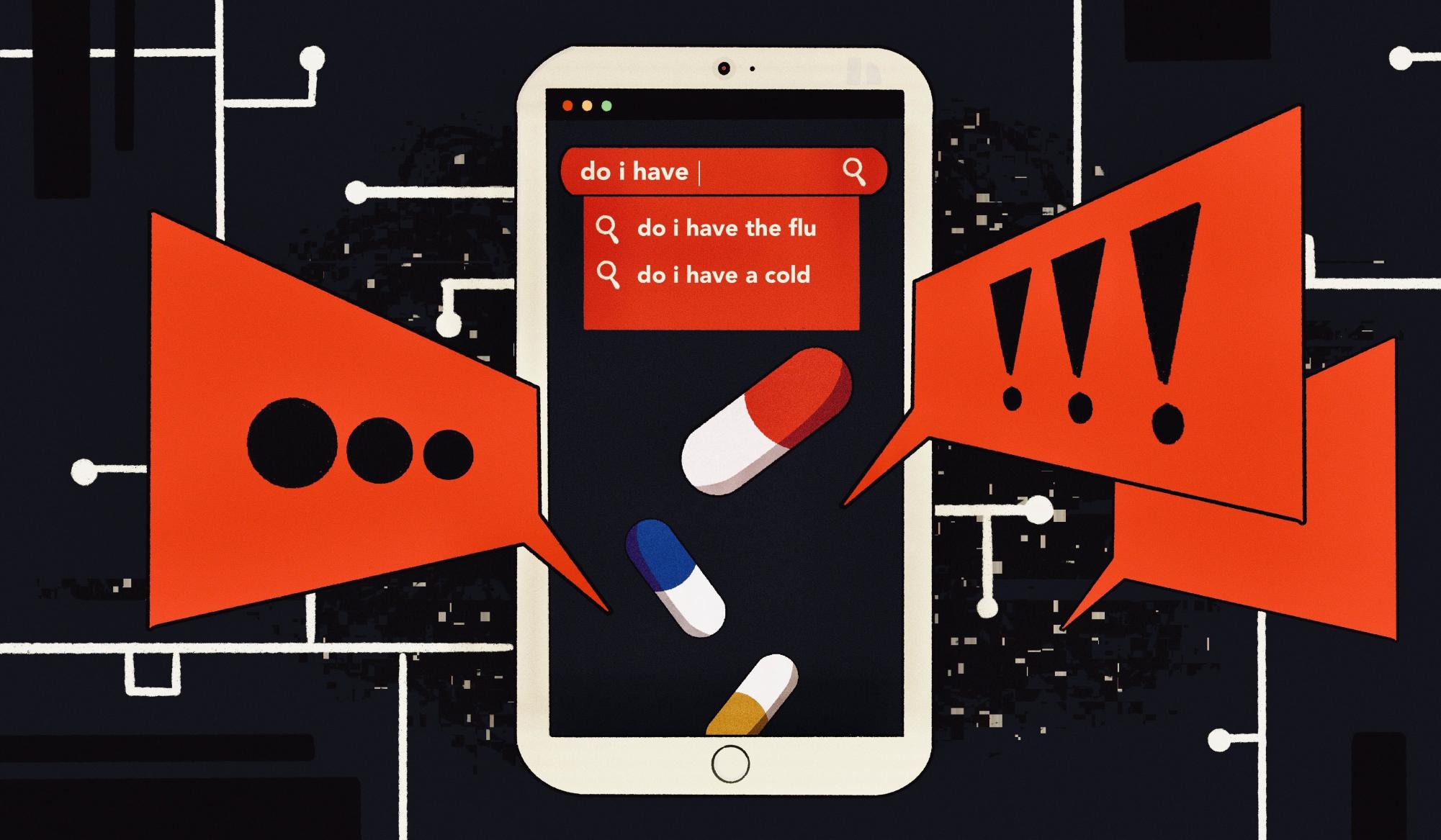Journalists have a responsibility to deliver factual information and expand the knowledge of the public. While some journalists widely respect this responsibility, others do not, causing exaggerated medical advice and faulty interpretations of studies to populate the internet. Since this information is freely and easily accessible to the general public, many people turn personal research into a diagnosis, resulting in medical anxiety. Because mainstream media has a powerful influence over the public, there should be higher standards regarding what material is published. This involves a shift in news outlets’ priorities away from page views and hits toward providing accurate and emotionally-attentive information for audiences.
A large sum of all news coverage is health-related, accumulating three times the media coverage of other important issues such as education and transportation. These medical articles certainly stimulate a reader’s awareness of their mental and physical health, but they may also give rise to overzealous fears. In an interview with Hindustan Times, Dr. R K Singal of BLK-Max Hospital in Delhi, India recalled a patient who visited his clinic with anxieties about a potential brain tumor after researching symptoms on the web. However, with a professional opinion and official diagnosis, the symptoms were simply the result of a common cold. Singal explained that the anxiety his patient experienced was irrationally amplified when he turned to the internet to research his symptoms. Along with Singal’s patient, many individuals who are researching signs of a health issue are not trained medical professionals with an ability to accurately interpret evidence of any health abnormalities.
When people like Singal’s patient turn to Google or other popular search engines, they might find media coverage of medical research skewed toward the financial gain of the media industry. Media sources are motivated to engage the public since an increase in viewers translates to increased profit. This means the medical research covered is often chosen for its chance to captivate an audience with impactful scientific phenomena, regardless of the individual hysteria it may cause. Misleading and exaggerated health-related claims are then published and broadcasted for the public to consume.
When health-related journalism reports on what they deem as “revolutionary” health information for the purpose of views and profit, it contributes to individual anxiety and mass hysteria. For instance, in 2014, the Ebola virus migration received an excessive amount of news coverage. A great deal of articles and newscasts frequently used language that forecasted detrimental outcomes during this epidemic, striking fear in nearly two-thirds of the American population despite the vast amount of expert-approved evidence announcing that the situation was under control. Still, 301 articles regarding the Ebola virus were published at the time by three major news conglomerates — The New York Times, USA Today, and The Wall Street Journal — with 39% of those pieces relating to the epidemic in America.
Another example of the misplaced priorities of the media industry is the reporting of Andrew Wakefield’s 1998 research paper — a study originally published in the Lancet Medical Journal before it was retracted in 2010 for fraudulent research. This study was a large contributor to the infamous MMR vaccine scare of the late 90s and early 2000s. Wakefield et al. reported data supporting a connection between the MMR vaccination and the development of autism, but falsified the data simply to fuel the anti-vax agenda. Even after the Lancet journal’s editor in chief, Richard Hourton, stated that the journal should not have published the paper and ten of the thirteen co-authors of the piece retracted their affiliation with the research in 2004, the mainstream media continued to report on it with an intention to draw up a story. The industry blindly promoted Wakefield’s work by consistently broadcasting the controversy with no regard to the mass hysteria it could have produced.
Though this faulty MMR study was rejected among the vast majority of medical professionals, a 2002 survey showed that 53% of people still viewed the connections made in the paper as plausible and a mere 23% of those polled were knowledgeable on the immense amount of evidence supporting the safety of MMR vaccination. Because both sides of this argument were equally portrayed in the media during the height of the hysteria, promoting the idea this study had justifiable evidence, it manipulated the public, causing a plummeting MMR vaccination rate followed by a surge in measles cases that endangered many lives.
The industry must eradicate its bias toward publishing false attention-grabbing information when it comes to health-related information. Instead, the internet should be a safe and honest space for readers to gather factual information regarding their well-being. To preserve the peace of mind of the public, standards for publishable material must be raised.









